


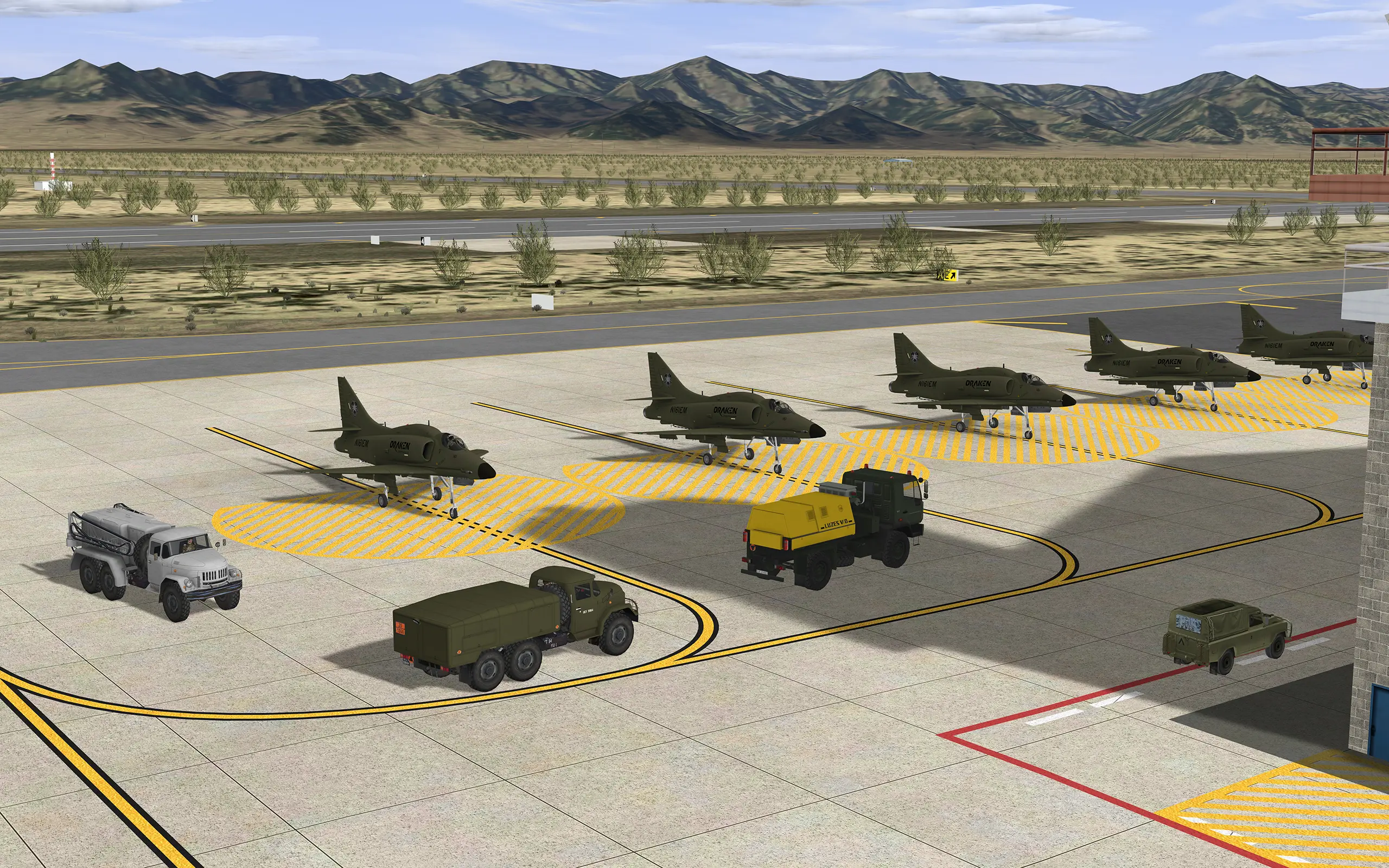
Simulation-based training requires highly realistic and immersive synthetic environments to accelerate operational readiness.
CAE delivers true-to-life virtual realism via our synthetic environment solutions, creating an unprecedented level of immersion to enhance mission training value.
CAE’s Synthetic Environments deliver a secure, comprehensive, correlated and high-quality virtual environment to train for an extensive range of mission operations in the air, maritime, land, cyber, space, and public safety and security domains.
From self-paced and virtual reality-enabled immersive training devices to the highest fidelity full-mission simulators, CAE has the digitally immersive solution to meet the needs of training individuals all the way to distributed mission operations in a multi-domain environment.
Our synthetic environments feature open interfaces designed to be flexible, scalable and interoperable. Our synthetic environment solutions are suited for all levels of training, including standalone training devices up to complex joint exercises in an integrated Live-Virtual-Constructive (iLVC) environment.
Digital Immersion Technologies (AR/VR/MR)
CAE has extensive experience in all types of helmet-mounted displays tailored to your training needs, including:
CAE is also introducing new virtual reality trainers based on the Microsoft HoloLens that will be used for T-44C familiarization and procedural training tasks. This will enable more student throughput by freeing the T-44C training devices and aircraft for more advanced training.
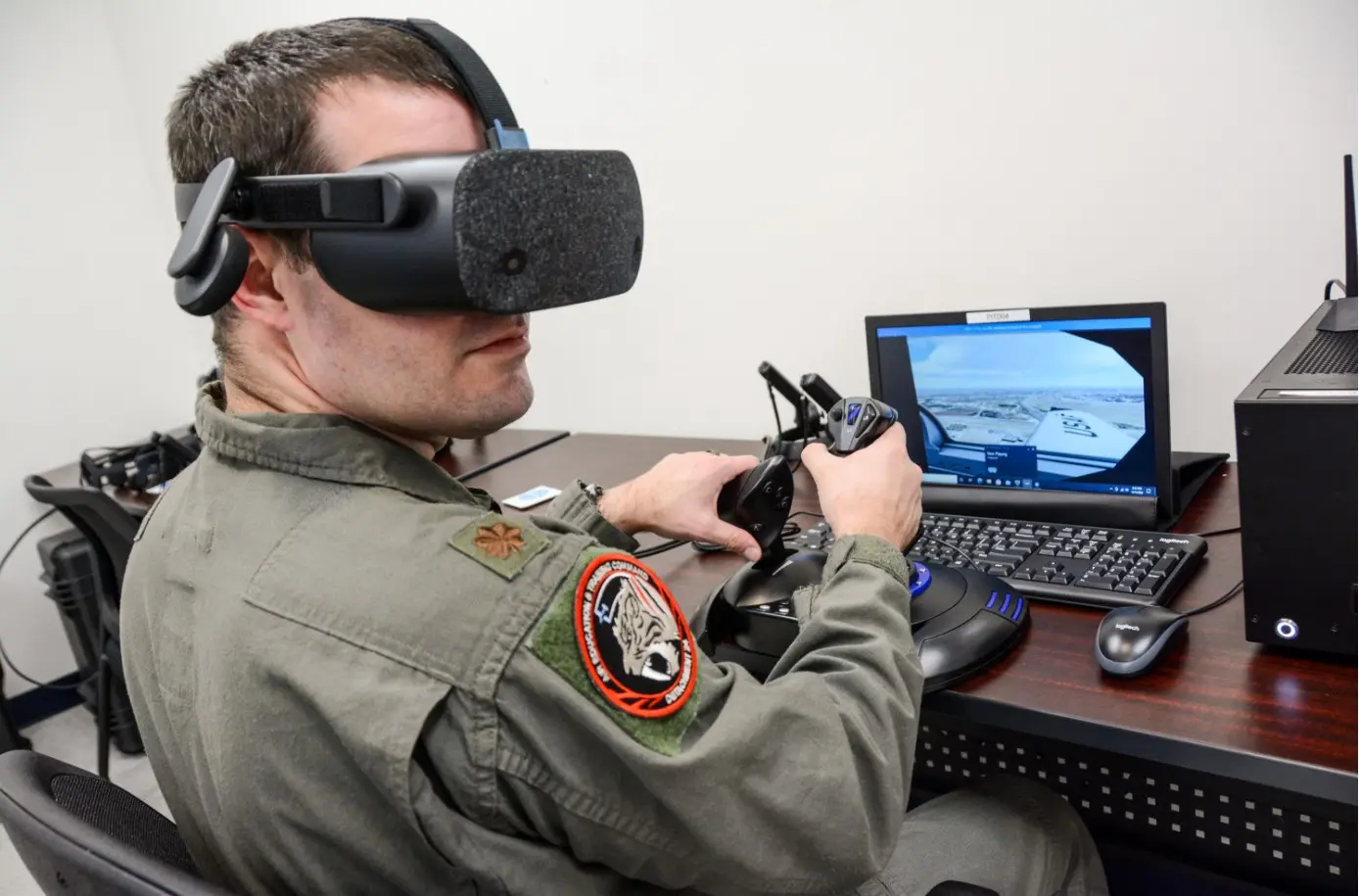
Faster, better and more efficient pilot throughput. For military organizations around the world, pilot production has become a pivotal discussion point and concern. Existing and current pilot training…
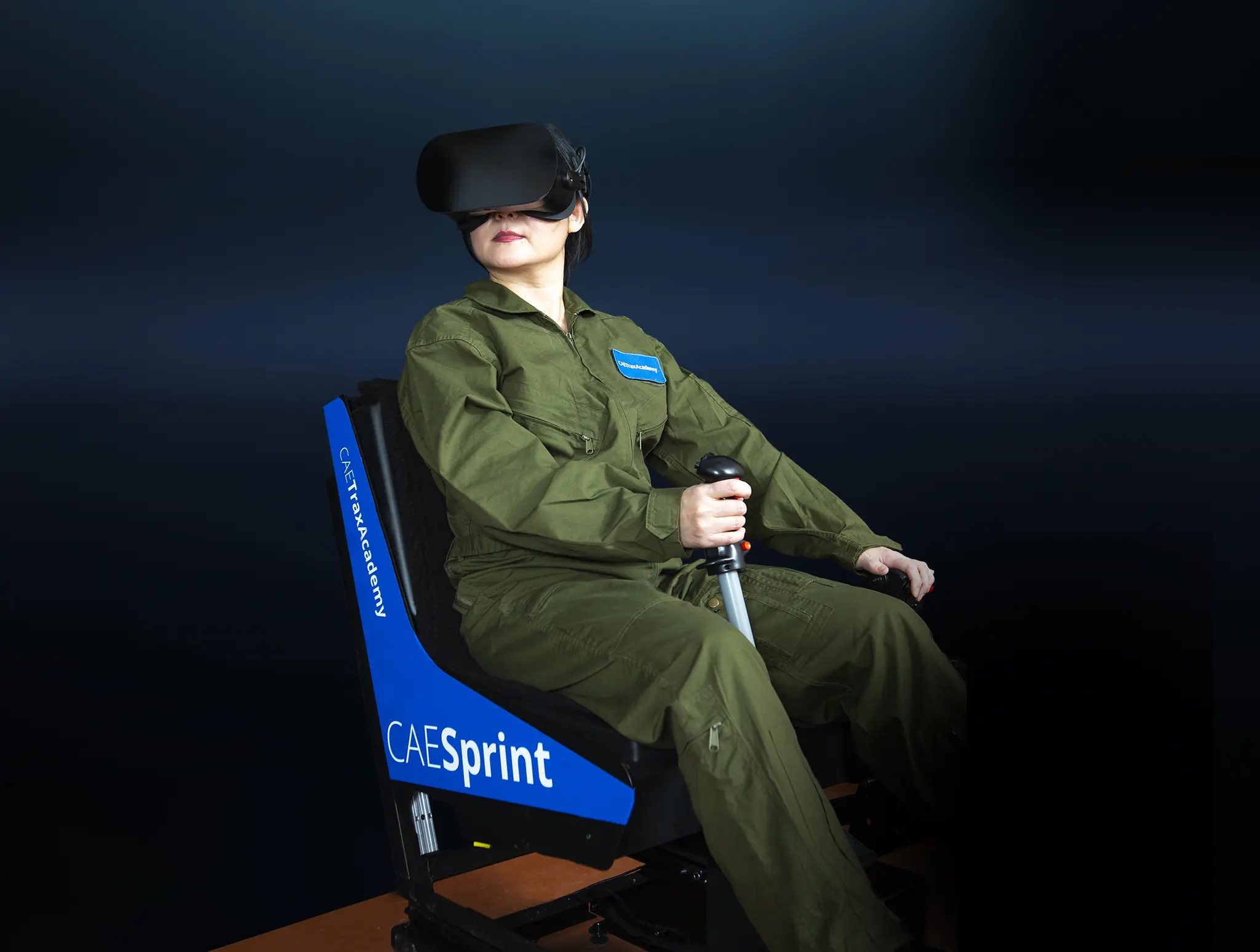
The CAE Sprint Virtual Reality (VR) Trainer is CAE’s latest product innovation leveraging present day digital technologies for self-paced learning. Comprised of a virtual reality headset, haptics,…
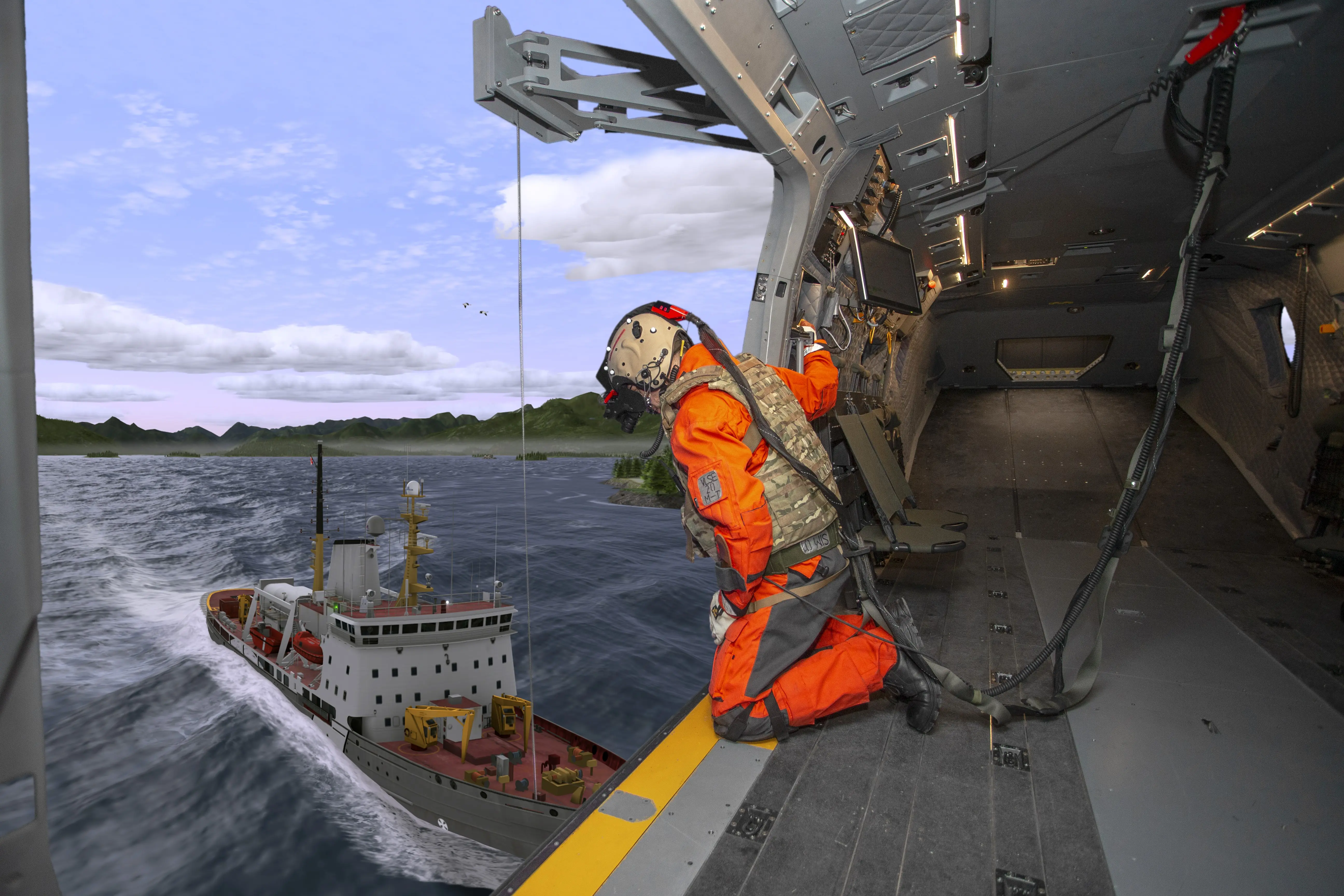
The CAE MAVRC™ Trainer (Mission Augmented Virtual Reality/Rear Crew Trainer) is one of CAE’s latest product innovations that leverages mixed reality technologies to create a digitally immersive…
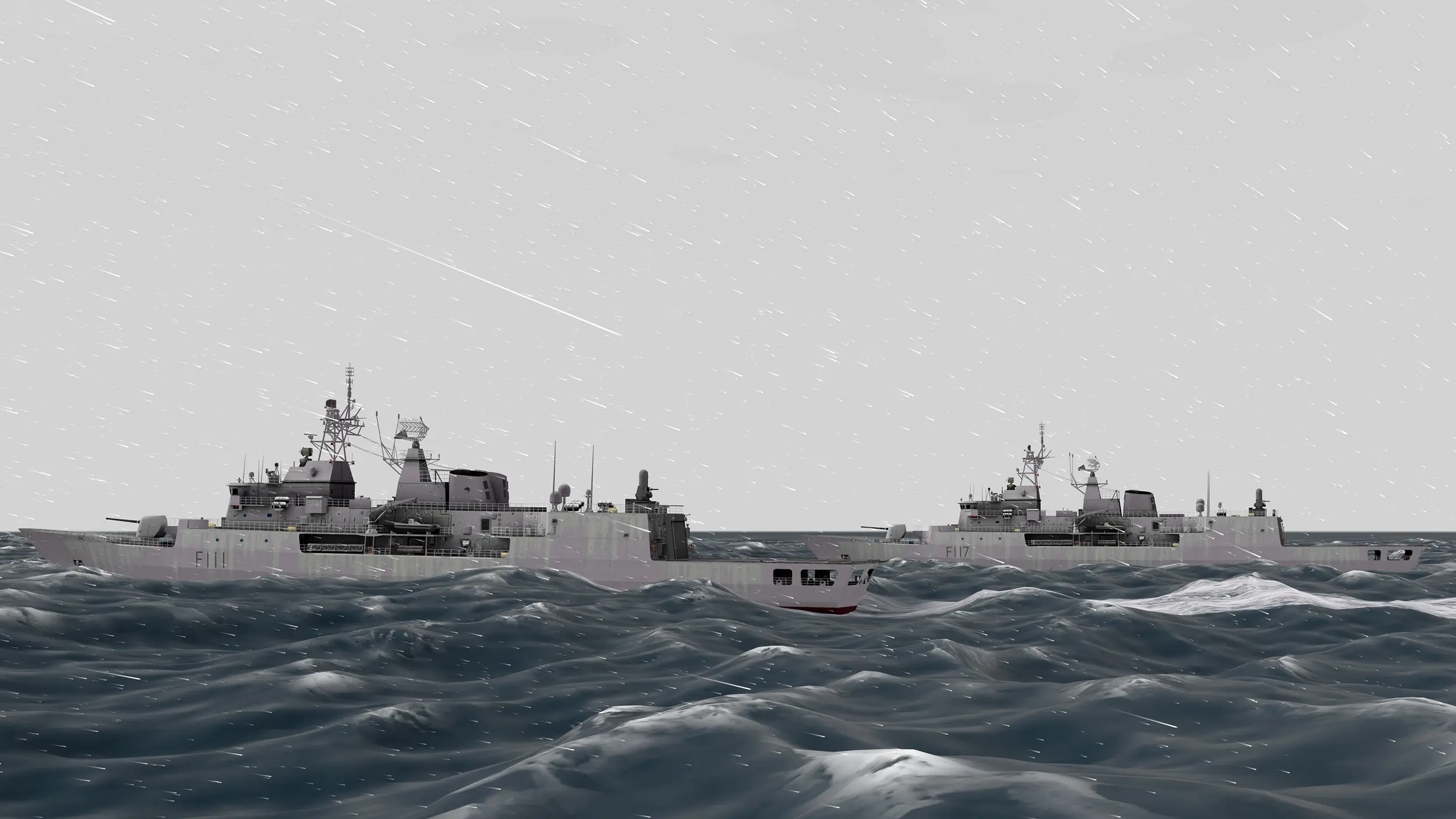
Governments and defense forces are increasingly looking to high performance synthetic environments to accomplish more of their training, mission rehearsal and decision support requirements.
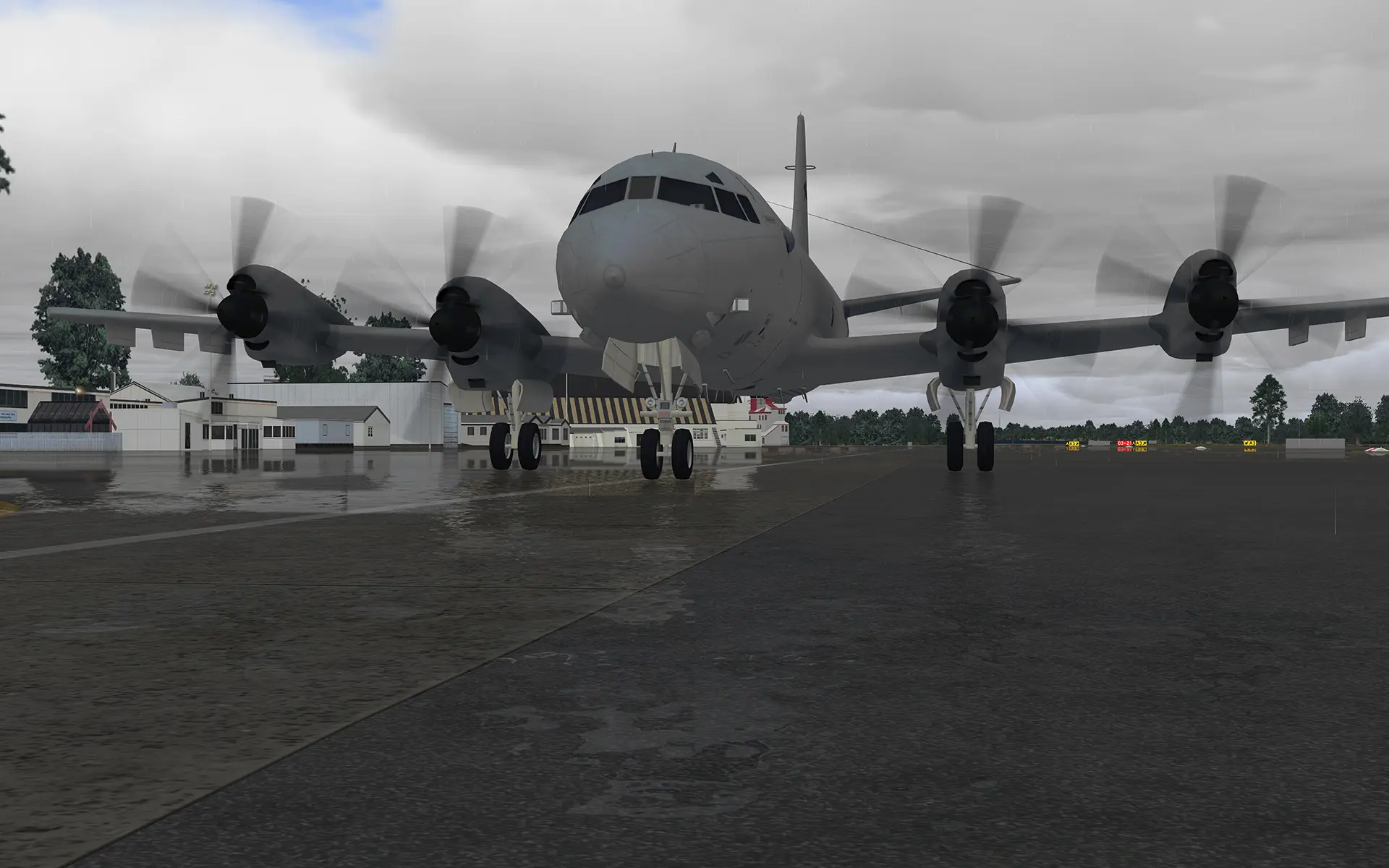
The CAE Medallion-6000MR is the latest member of CAE's powerful Medallion image generator family and was developed with full support for the Open Geospatial Consortium (OGC) CDB (formally known as…